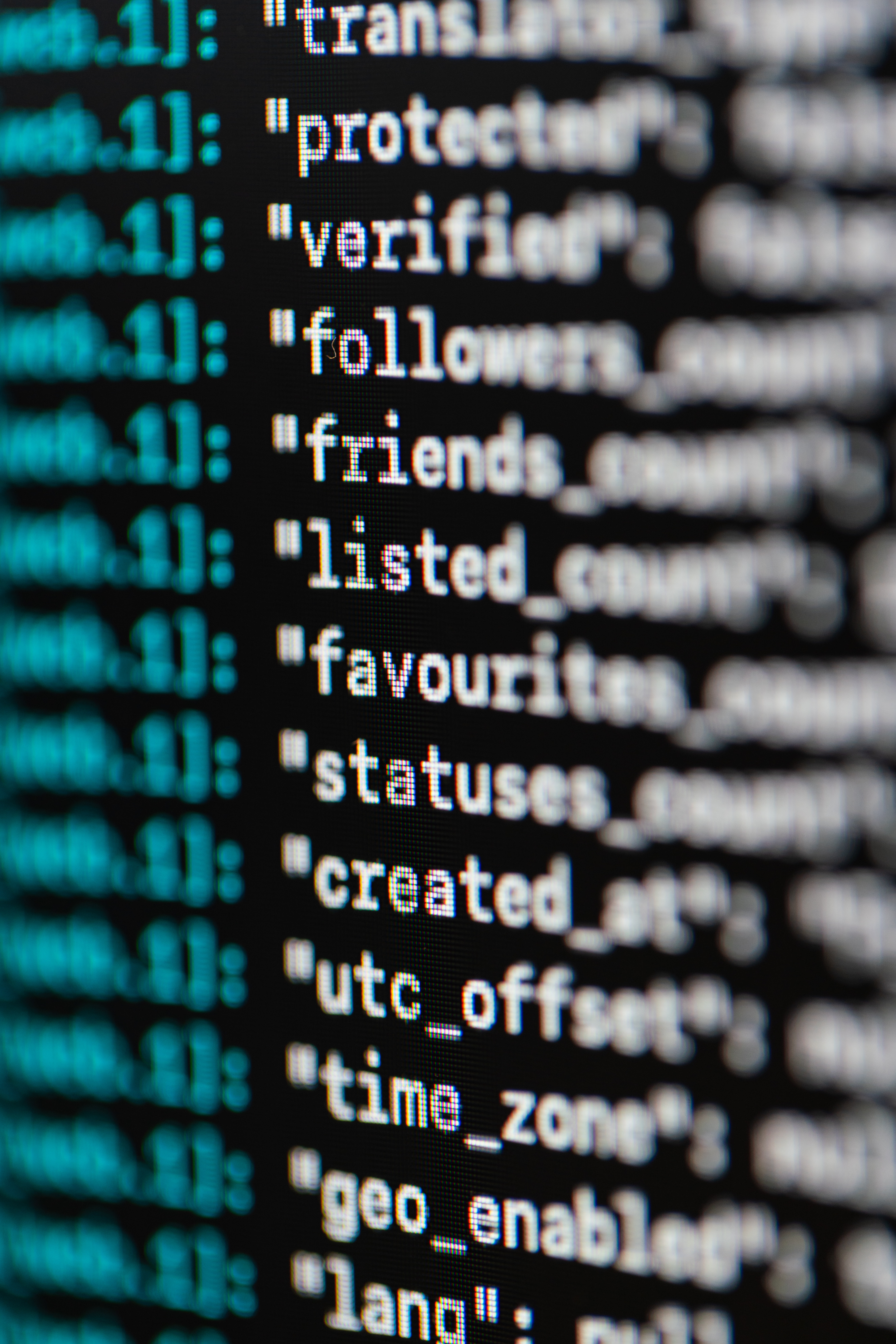The Role of Speech Collection in the Development of Speech Recognition Models
This Is Why Speech Collection Datasets Are So Important For Speech Recognition Models.
Speech collection as well as speech recognition technology has advanced significantly over the years, making it possible for machines to recognize and interpret human speech accurately. This technology has various applications, including virtual assistants, automated customer service, and dictation software, among others. However, for speech recognition models to achieve optimal performance, they must be trained on large datasets that contain diverse speech samples. This is where speech collection comes in.
Speech and audio collection is the process of gathering and organizing speech data from a wide range of sources, including human speakers, audio recordings, and transcriptions. This data is used to train speech recognition models, which can then accurately recognize and transcribe spoken words.
The role of speech data collection in the development of speech recognition models cannot be overstated. The quality and quantity of speech data collected have a significant impact on the accuracy and robustness of the resulting models.
.
Training Speech Recognition Models
Speech recognition models are trained using machine learning algorithms that learn from large datasets. The models are fed with thousands or millions of speech samples, which they use to learn how to recognize spoken words and phrases accurately. The more diverse and comprehensive the speech dataset, the better the speech recognition model’s performance.
The collection of speech data ensures that the datasets used to train speech recognition models are diverse and comprehensive. The collected speech data should contain a wide range of accents, dialects, and speaking styles. The datasets should also include speech samples from different age groups, genders, and ethnicities. This ensures that the speech recognition models are robust and can accurately recognize spoken words in any setting.

Improving Speech Recognition Accuracy
The accuracy of speech recognition models depends on several factors, including the quality of the speech data used to train the models. Poor quality data, such as low-quality audio recordings or transcriptions with errors, can negatively impact the accuracy of speech recognition models. Therefore, speech collection plays a crucial role in improving the accuracy of speech recognition models.
High-quality speech data collected through speech collection methods like phone surveys, focus groups, and online recordings can help improve the accuracy of speech recognition models. This data is transcribed and used to train the models, ensuring that they learn from accurate and reliable data.
Continuous Improvement of Speech Recognition Models
Speech recognition models are not perfect, and they require constant improvement to maintain their accuracy and robustness. Speech collection plays a crucial role in the continuous improvement of speech recognition models.
New speech data can be collected and added to existing speech datasets to improve the accuracy and robustness of speech recognition models. The collected data can be used to fine-tune existing models or to develop new models that perform better than the current ones. Therefore, speech collection ensures that speech recognition models are continually improving and evolving to meet the needs of users.
Improving Speech Recognition Robustness
Speech recognition models should be robust enough to recognize speech in different environments and situations. For example, a virtual assistant should be able to recognize speech accurately in noisy environments or when the user has a cold. Speech collection plays a critical role in improving the robustness of speech recognition models.
Speech collection methods like phone surveys, focus groups, and online recordings can collect speech data in different environments and situations. This ensures that speech recognition models are trained on diverse datasets that include speech samples recorded in various acoustic environments. This makes the models more robust and better able to recognize speech accurately in different environments and situations.
In conclusion, speech collection plays a crucial role in the development of speech recognition models. It ensures that the datasets used to train speech recognition models are diverse, comprehensive, and of high quality, resulting in more accurate and robust models. Speech collection methods like phone surveys, focus groups, and online recordings are essential in collecting speech data.
Additional Services
About Captioning
Perfectly synched 99%+ accurate closed captions for broadcast-quality video.
Machine Transcription Polishing
For users of machine transcription that require polished machine transcripts.
